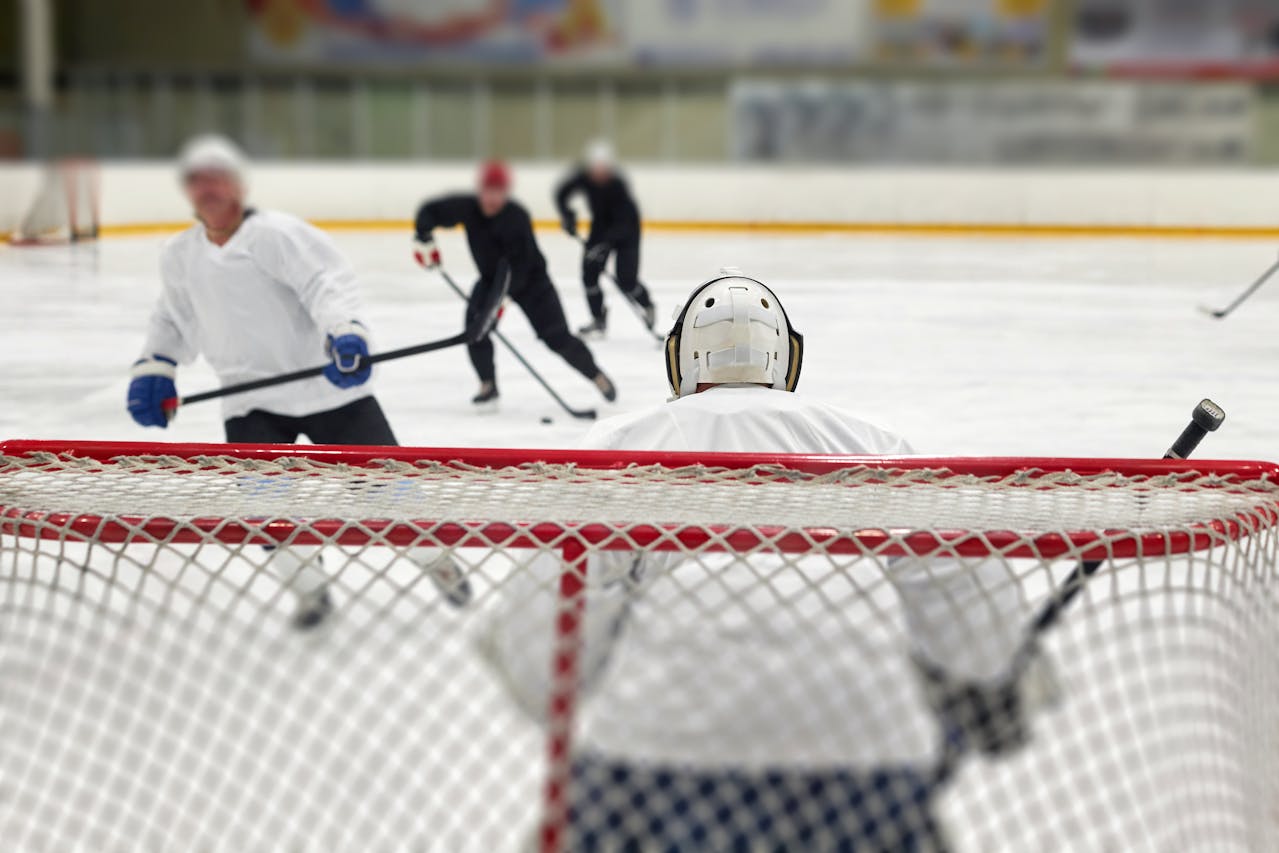Why Year-Round Training Matters for Youth Hockey
For youth hockey players, success on the ice isn’t just built during the season — it’s built all year long.
Too often, young athletes jump from game to game without giving their bodies time to develop the strength, speed, and mobility they need to thrive. As a strength and conditioning coach who works with teen athletes, I’ve seen firsthand how structured training can make a massive difference — not just in performance, but in injury prevention and long-term athletic growth.
That’s where training periodization comes in.
Periodization is a simple but powerful concept: match your training to the demands of the season. By doing so, athletes develop more completely and avoid burnout. Here’s how we apply it for youth hockey players whose competitive season runs from August through March.
How We Break Down the Training Year
Why Hockey Players Need Smart Training
Hockey is a high-speed, contact sport with complex movement demands. Therefore, a well-designed strength program targets key movement patterns that translate directly to on-ice performance:
-
Lateral power & change of direction → For explosive skating and defensive pivots
-
Hip & trunk stability → To maintain control and reduce injury in contact
-
Rotational strength → For strong shots, puck protection, and body checks
-
Single-leg balance & strength → Because skating is a single-leg sport
-
Posterior chain development → To improve acceleration, top speed, and reduce knee stress
As a result, every phase of training incorporates these patterns in a progressive way, ensuring that athletes build a complete foundation.
Laying the Foundation
This is our off-season, when we focus on movement quality, mobility, and building general strength. During this time, we work on body control, core stability, and improving how athletes move through space.
Sample exercises: TRX rows, single-leg glute bridges, BOSU balance drills, jump rope conditioning.
Building Muscle and Work Capacity
Now we shift into pre-season Phase 1, adding resistance and developing anaerobic endurance. In this phase, the goal is to prepare the body for the demands of explosive play.
Sample exercises: Goblet squats, slam ball slams, YBell thrusters, bear crawls.
Power Up and Get Game-Ready
In pre-season Phase 2, we introduce more dynamic, explosive work to sharpen strength and speed. Consequently, athletes begin to simulate game-like conditions and shift into high gear.
Sample exercises: Trap bar deadlifts, lateral bounds, box jumps, Rip Trainer presses.
Maintain and Recover
As games ramp up, we scale back training volume but keep intensity high. Instead of pushing harder, our focus becomes maintaining gains, staying healthy, and integrating mobility and recovery into the week.
Sample exercises: TRX anti-rotation holds, kettlebell swings, mini band lateral walks.
Peak Performance
In the heart of the season, we microcycle intensity and emphasize short, high-quality sessions. Therefore, athletes stay sharp — without overtraining.
Sample exercises: Jump squats, medicine ball throws, short shuttle drills, active recovery mobility.
Post-Season: Reset and Recharge
After the final whistle, it’s time for rest and regeneration. At this point, we back off structured training and get back to playful movement and body care.
Sample activities: Yoga flow, hiking, swimming, cycling, light band work, any activity that brings joy!
Why It Matters
A well-structured year-round plan helps youth athletes:
-
Build real strength, not just play strength
-
Reduce overuse injuries
-
Improve skating speed, agility, and resilience
-
Stay motivated and confident
-
Master foundational movement patterns for long-term athletic success
Whether your athlete plays at the rec level or dreams of going pro, smart training outside the rink sets the stage for success on it. After all, the best players aren’t just made in the rink — they’re built in the off-season too.
Apollo Athletic




